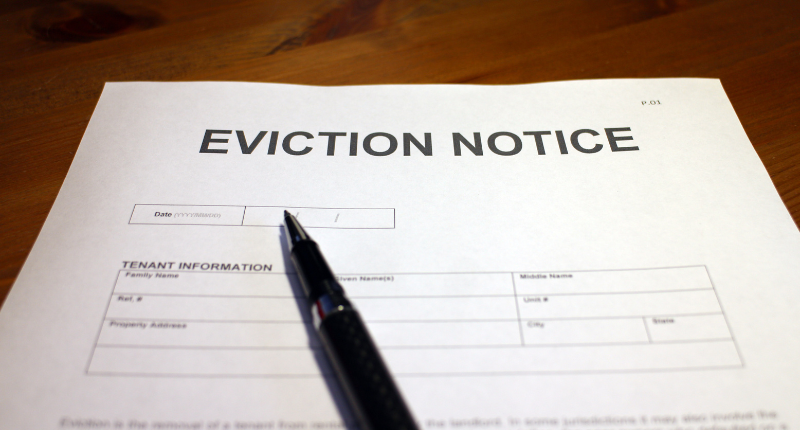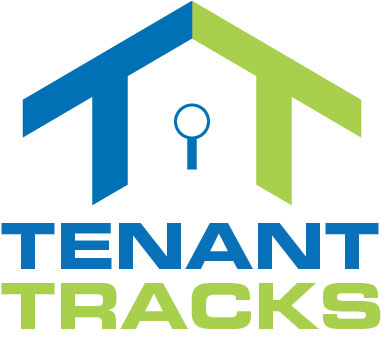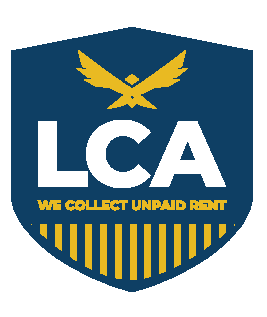Eviction is a complex and often stressful process for both landlords and tenants. In Connecticut, eviction laws are continually evolving, especially in the wake of past moratoriums and ongoing legislative discussions. For landlords and real estate professionals, staying armed with precise, up-to-date information isn’t just good practice—it’s essential for protecting your property and ensuring compliance.
Let’s break down the current landscape of evictions in Connecticut and how you can stay prepared.
Understanding the Current Eviction Process in CT
Connecticut’s eviction process, known as “Summary Process,” involves several critical steps and timelines that landlords must strictly adhere to. Any misstep can lead to delays or even dismissal of your case.
-
- Notice to Quit: This is the first formal step. You must provide a written “Notice to Quit” (Form JD-HM-7) to your tenant, stating the reason for eviction (e.g., non-payment of rent, lease violation, lapse of time). The notice period varies depending on the reason:
- Non-payment of Rent: Generally, a 3-day notice to quit, giving the tenant time to pay or vacate. First and last days don’t count, so it’s really a 5-day notice
- Lease Violation (Curable): A 15-day notice to remedy the violation or quit. If the same violation occurs again within six months, a 3-day unconditional notice to quit may apply.
- Lapse of Time/End of Lease: Generally, a 3-day notice. First and last days don’t count, so it’s really a 5-day notice
- (Source: Connecticut Judicial Branch, “A Landlord’s Guide to Eviction (Summary Process)”)
- Service of Notice: The Notice to Quit must be properly served. While some landlords attempt this by using an “indifferent person”, using a state marshal for service is highly recommended as it ensures proper documentation and adherence to legal requirements. Often, improper service of this notice is used as a stall tactic in an eviction, a State Marshal is a highly credible witness at the hearing if the notice is disputed
- Summons and Complaint: If the tenant does not vacate or remedy the issue after the notice period, you can file a “Summons and Complaint” (Summary Possession (Eviction) Complaint form) with the Housing Court or Superior Court in the judicial district where the property is located. This initiates the formal court process.
- Court Proceedings: The tenant will be served the summons and has a short period (typically 2 days after the “return date”) to file an appearance or answer. A mediation session with a Housing Mediator is often scheduled to attempt a settlement. If no agreement is reached, the case proceeds to a trial where both parties present their arguments and evidence.
- Judgment and Execution: If the court rules in the landlord’s favor, a “Judgment for Possession” is issued. If the tenant still doesn’t leave, you can then obtain a “Writ of Execution” (Summary Process Execution for Possession (Eviction) form) from the clerk’s office and provide it to a state marshal, who is the only legal authority to physically remove a tenant.
- Notice to Quit: This is the first formal step. You must provide a written “Notice to Quit” (Form JD-HM-7) to your tenant, stating the reason for eviction (e.g., non-payment of rent, lease violation, lapse of time). The notice period varies depending on the reason:
- Audita Querela: Is a tenant application for a temporary stay of execution and stops an eviction from occurring. It is supposed to be used only when extra-ordinary evidence has occurred since the judgment was entered. However, these filing have become more frequent and are often allowed to be heard, further delaying the time a landlord has to go without receiving rental payments
New Regulations: “Disappearing Eviction Records” and Your Protection
In 2024, Connecticut has implemented laws to seal certain eviction case records, which can impact how landlords screen tenants. Public access to some eviction records, particularly those that were dismissed, withdrawn, or where the tenant prevailed, has been restricted. This means:
- Sealed Records: Eviction records where the case was dismissed, withdrawn, or decided in favor of the tenant are generally sealed and removed from public internet-based court records. This also applies to databases maintained by background check providers who receive data from the state.
- Landlord Screening Restrictions: Residential landlords are generally prohibited from refusing to rent to a prospective tenant based on a past or pending summary process action.
How to Stay Protected: Best practices emphasizes the importance of thorough and compliant tenant screening practices that do not rely solely on eviction history from public sources. Focus on creditworthiness, verifiable income, positive landlord references (where permissible and not from sealed cases), and consistent employment history are all important.
Common Tenant Defenses and How Landlords Can Counter Them
Tenants have legal rights and can raise defenses during an eviction proceeding. Understanding these can help you better prepare your case:
- Improper Notice/Procedure: The most common defense. Any error in the Notice to Quit, its service, or the court filing can lead to a case dismissal.
- Counter: Meticulously follow all statutory requirements for notices and service. Keep detailed records of all communication and attempts at resolution.
- Use a reputable State Marshal to serve the Notice To Quit
- Retaliation: Tenants may claim the eviction is in retaliation for exercising their rights (e.g., reporting code violations, joining a tenant union or filing a Fair Rent claim).
- Counter: Ensure your eviction has clear, documented, and legitimate grounds. Avoid initiating eviction proceedings shortly after a tenant has exercised their rights. They have a 6-month window of protection from retaliation
- Discrimination: Claims of discrimination based on protected classes (race, religion, disability, etc.).
- Counter: Strictly adhere to Fair Housing laws. Document all interactions and ensure consistent application of rental policies to all tenants.
- Uninhabitable Conditions/Failure to Repair: Tenants may claim you failed to maintain the property or make necessary repairs, justifying their withholding of rent (though Connecticut generally does not allow rent withholding as a “self-help” remedy, it does have a Tenant Payment Into Court feature that allows tenants to lawfully withhold rent in certain situations).
- Counter: Keep detailed records of all maintenance requests, repairs made, and communications with tenants regarding property conditions. Address legitimate repair needs promptly.
- Payment/Agreement: Tenant claims they paid rent or had an agreement with the landlord that negates the eviction reason.
- Counter: Maintain clear, written lease agreements, detailed rent ledgers, and written documentation of all payment arrangements or modifications.
Importance of Proper Notice and Documentation
As highlighted above, documentation is your strongest ally in any eviction proceeding. For every step, ensure you have:
- A written lease agreement signed by all parties.
- Detailed rent ledgers showing payments received and outstanding balances.
- Copies of all notices served (Notice to Quit, 15-day notices, etc.) with proof of service (e.g., state marshal return of service).
- Records of all communications with the tenant (emails, texts, certified letters, notes from phone calls).
- Photos or videos documenting property conditions or lease violations.
- Repair logs and receipts.
Resources for Landlords: Eviction Prevention & Assistance Programs
While evictions may sometimes be necessary, prevention is always preferable. Connecticut offers programs that can help:
- Rental Assistance Program (RAP): A state-funded program similar to Section 8, providing rental subsidies to low-income families. While the waiting list is often closed, staying informed about its status and working with tenants who qualify for this or other subsidized housing programs can ensure consistent rent payments. (Source: MyPlaceCT.org)
- UniteCT Moving Assistance Program: This program can provide security deposit assistance for eligible populations, including those with state or federal rental subsidies, those experiencing homelessness, or those with low household incomes. Landlords must be willing to work with the program. (Source: CT.gov – UniteCT)
- Local Housing Authorities & Non-Profits: Many towns and cities have local housing authorities or non-profit organizations that offer rental assistance or mediation services that can help resolve disputes before they escalate to eviction.
Deepen Your Eviction Knowledge with CTPOA
Staying current with eviction laws and best practices is paramount for every Connecticut landlord. At CTPOA, we prioritize providing our members with the most relevant and actionable information.
Your CTPOA membership, for just $99/year, grants you unlimited access to our invaluable webinar library, including:
- “Disappearing Eviction Records: How to Stay Protected”: Get detailed guidance on how this new legislation impacts your screening practices.
- “The Ins and Outs of an Eviction”: A comprehensive walkthrough of the entire eviction process, from notice to judgment.
- “How To Handle Non-Cooperative Tenants”: Learn strategies to manage challenging tenant situations effectively.
Don’t let evolving laws or complex situations catch you off guard. Empower yourself with the knowledge you need to protect your investment.








